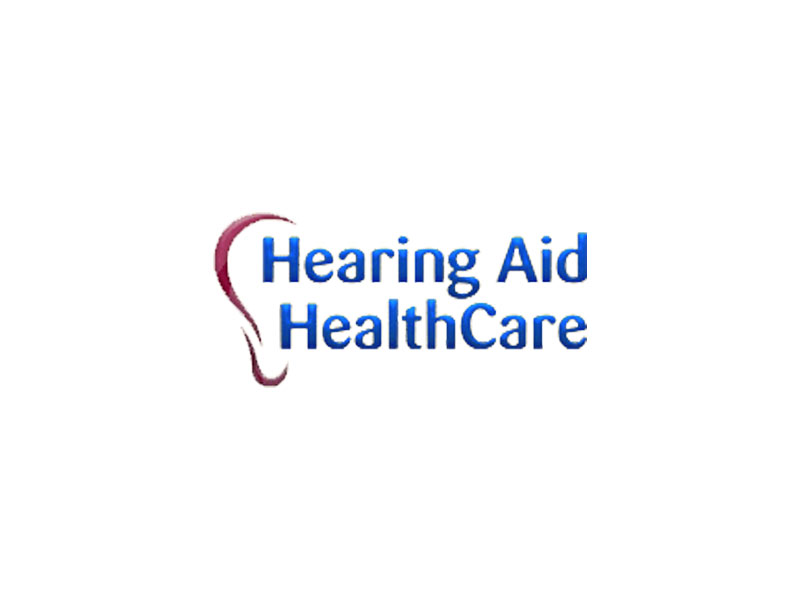Could excessively noisy environments at work be damaging your hearing? Hearing loss has many root causes, but the most prevalent continues to be noise-induced hearing loss. If you work in one of the following high-noise occupations, you have reason to be concerned about your hearing.The Centers for Disease Control reports that 30 million workers are subjected to hazardous noise at work and an additional nine million risk hearing loss from other agents such as solvents and metals.The best thing that you can do is to educate yourself about the potential risks and have an open conversation with your company.
The chance of hearing loss needs to be reduced to the greatest extent possible in any occupation. The following is a partial list of particularly noisy jobs.
Orchestra – A study on the noise exposures of classical musicians experienced across both rehearsals and performances found that the strings and percussion sections averaged 90 decibels while the brass section averaged 95 decibels. Top volumes were 130 decibels in the brass and percussion sections. A different Swedish study showed that 59 out of 139 orchestra musicians (42%) had hearing losses higher than that expected for their ages.
Nightclub Staff and DJs – Everyone that works at a night club – security, wait staff, bartenders – is at risk, not just the performers. In a controlled research study, sound levels of up to 108 decibels were recorded in popular nightclubs. The average level for a standard night out was 96 decibels which is over the level at which employers are required to provide ear protection. The study determined that DJs are at substantial risk of developing noise-induced hearing loss and noise exposure in nightclubs regularly exceeds safe levels.
Construction Workers – Construction workers rank second highest for permanent hearing loss disabilities suffered on the job. Equipment used in building construction regularly operates at 90 decibels or greater. A study of construction workers in WA State established that workers were surrounded by noise measuring 85 decibels or higher in about 70% of their shifts, yet wore their ear protection less than 20 percent of the time.
Airport Staff – The sound of a jet airplane engine is among the loudest auditory occupational hazards, with noise levels at a shocking 140 dB.
Firefighters and Paramedics – All those sirens squealing add up over time. Numerous research studies have investigated the incidence of hearing problems in firefighters and emergency vehicle drivers with most concluding that firefighters suffer increased hearing damage compared to the general public of similar age.
Military – The top disability among US military personnel is noise-induced hearing loss. Up to a whopping 65% of combat troops returning from Afghanistan have noise-induced hearing loss per the Deafness Research Foundation.
Plumbers – The Center for Disease Control website states that 48% of plumbers claimed that they had a perceived hearing loss.
Carpenters – The CDC web page on Work-Related Hearing Loss reports that 44 percent of carpenters reported that they had a perceived hearing loss.
Manufacturing – Manufacturing workers account for the largest numbers of permanent hearing losses sustained on the job. Manufacturing industries regularly expose workers to equipment and machinery which generates over 90 decibels of noise.
